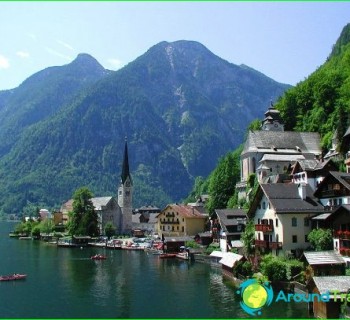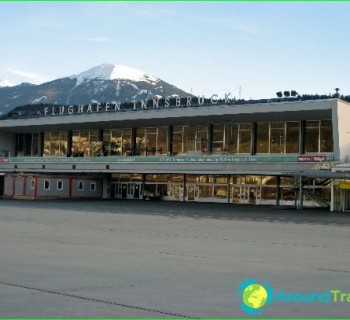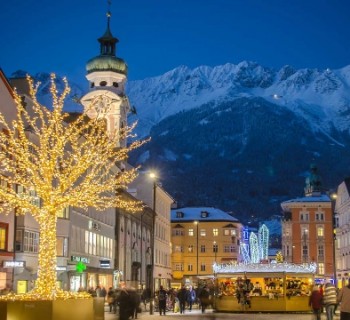Population of Austria

The population of Austria is over 8 million.
National composition:
- Austrians (99%);
- other nations (Slovenes, Croats, Hungarians, Czechs, Gypsies, Turks).
A significant Slovenian minority of the Austrian population lives in the federal states of Styria and Carinthia, while Hungarians and Croats have settled in the eastern regions of the country, mainly in Burgenland.
90 people live per 1 sq. Km, but the most densely populated are the eastern regions, which adjoin Vienna (here 150-200 people live per 1 sq. Km), and the Alps are less populated (population density is 15-20 people per 1 sq. Km). km). In Vienna itself, 4,000 people live per 1 sq. Km..
The official language is German, but Croatian, Slovenian and Turkish are widely spoken in Austria..
Major cities: Vienna, Salzburg, Graz, Linz, Innsbruck.
Most of the inhabitants of Austria (85%) profess Catholicism, the rest are Protestantism, Islam, Orthodoxy, Judaism.
Life span
On average, Austrians live up to 80 years old (women live up to 84, and men up to 78 years). This is largely due to the fact that the state deducts more than $ 4500 per year for health care per person. Health care in Austria is at a high level - here any hospital is able to provide highly qualified medical care.
Serious infectious diseases have been practically eradicated in the country, even HIV infection is insignificant (HIV-infected in Austria - 0.18% of the total population, while in Russia this figure is 0.7%). Despite the high rates of average life expectancy, Austrians smoke a lot (the number of smokers in the country reaches 23%). But there are not so many obese people in the country - 12% (this is lower than the average in European countries - 17%).
Traditions and customs of the inhabitants of Austria
In Austria, it is customary to greet each other with handshakes, and friends - with kisses on both cheeks..
The Austrians honor religious holidays. The main ones are Easter and Christmas. For example, on Easter, it is customary to gather at the festive table, and on Good Friday, before the Easter service, bread, salt, smoked meat, cakes, eggs are illuminated in churches..
Coffee customs are of great importance in Austria - Austrians like to visit coffee houses (they are a kind of cultural clubs for local residents), where writers and musicians often gather.
Austrians are warm and welcoming people with a great sense of humor. If an Austrian invites you to visit for lunch or dinner, bring flowers or a bottle of wine to the table for the hostess..
Important: at the table it is not customary to talk about family and personal life, business, politics and religion.
As a rule, when entering the house, you need to take off your shoes - as a replacement, the hostess of the house will offer you rag slippers.


